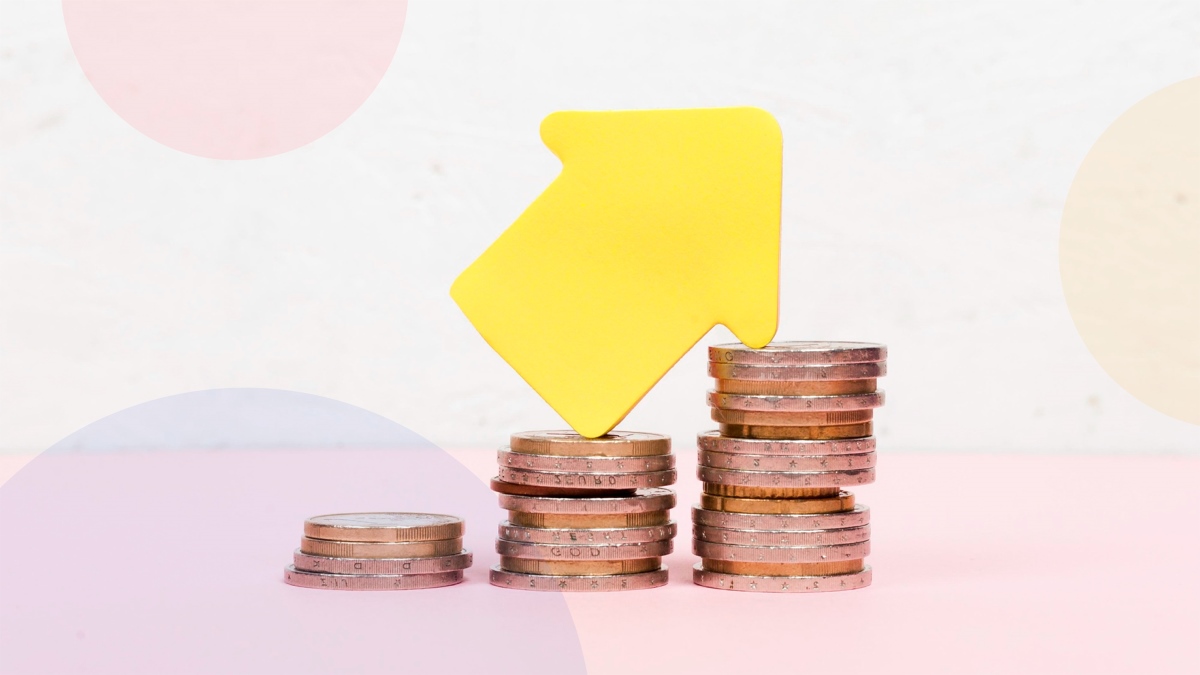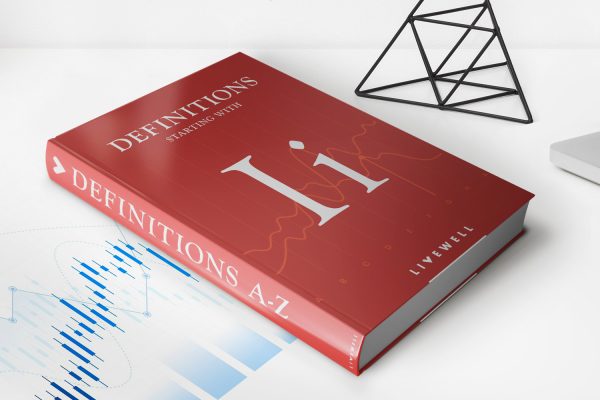Home>Finance>Current Dividend Preference Definition And Example


Finance
Current Dividend Preference Definition And Example
Modified: February 21, 2024
Learn about the current dividend preference in finance, its definition, and get an example. Understand how this concept impacts investment decisions.
(Many of the links in this article redirect to a specific reviewed product. Your purchase of these products through affiliate links helps to generate commission for LiveWell, at no extra cost. Learn more)
Understanding Current Dividend Preference in Finance
Welcome to our finance blog, where we provide valuable insights and information on various topics within the financial industry. In this article, we will be discussing the concept of current dividend preference, its definition, examples, and its significance in the world of finance. If you are curious about the financial intricacies related to dividend payments, then you’ve come to the right place.
Key Takeaways:
- Current dividend preference refers to a legal right granted to certain classes of shareholders, granting them priority in receiving dividend payments.
- This preference ensures that shareholders with this status are entitled to receive their dividends before shareholders without this preference receive any payments.
So, what exactly is current dividend preference? In finance, current dividend preference is a term used to describe the priority of certain classes of shareholders in receiving dividend payments. Essentially, it refers to a legal right granted to specific shareholders that guarantees them a preferred status when it comes to receiving dividends.
To put it simply, imagine you are a shareholder of a company and you hold preferred shares with current dividend preference. This means that when the company declares dividends, you will be paid your dividend before any payments are made to shareholders without this preference. Current dividend preference acts as a safeguard for these shareholders, ensuring that they have a higher priority in accessing their share of the company’s profits.
Let’s take a look at an example to illustrate this concept further:
Company XYZ has two classes of shareholders – Class A Preferred Shares with a current dividend preference and Class B Common Shares without current dividend preference. The company declares a dividend and sets aside a specific amount to distribute among its shareholders. In this case:
- Class A Preferred Shareholders with current dividend preference will receive their dividend payment first.
- After the preferred shareholders have been paid, the remaining dividend amount, if any, will be distributed among the Class B Common Shareholders.
This example highlights how current dividend preference gives the preferred shareholders an advantage in receiving their dividends promptly, ahead of other shareholders. It serves as a shield to protect their interests, as their dividend payment is prioritized over others.
Understanding current dividend preference is crucial for investors, as it allows them to make informed decisions when considering different classes of shares in a company. By having this knowledge, investors can assess the potential benefits and drawbacks associated with owning preferred shares with current dividend preference.
In conclusion, current dividend preference is an important concept in finance, providing certain classes of shareholders with priority in receiving dividend payments. It ensures that these shareholders receive their dividends before other shareholders, safeguarding their interests and protecting their investments.
We hope this article has shed some light on the definition and significance of current dividend preference in finance. Stay tuned to our finance blog for more insightful content on various financial topics!














